15 Perennials That’ll Thrive in the Shadiest Parts of Your Yard Even that dark, wet corner you’ve neglected for years. Posted on Mar 13 2019

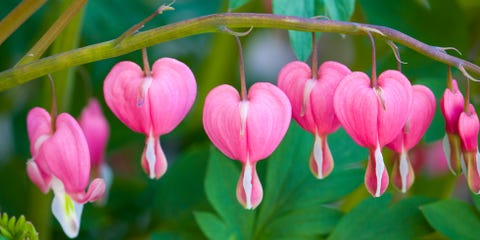
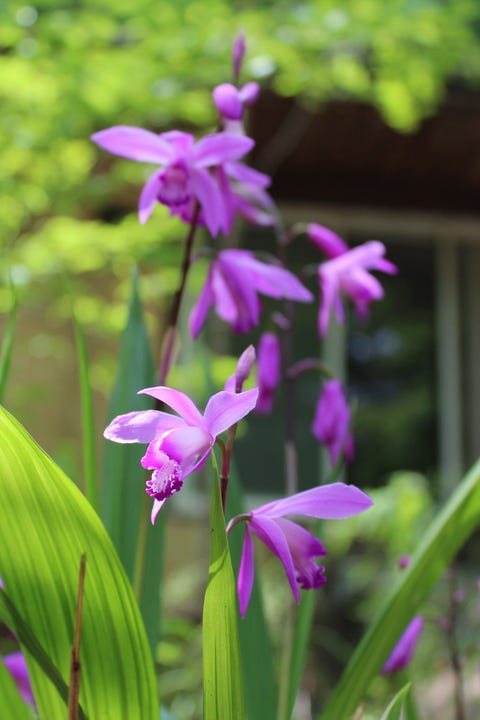
This Chinese ground orchid is relatively low-maintenance, but it does ask for one thing: that you plant it in a partially shaded location, where it’s only exposed to several hours of morning light.
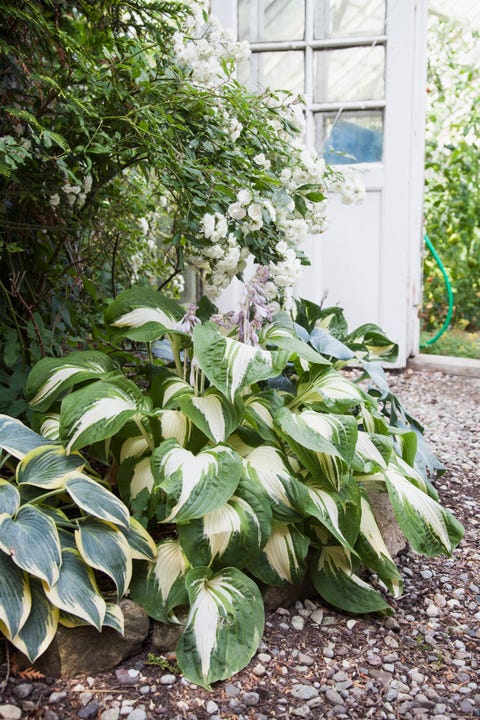
How you care for each variety of hosta is not one-size-fits-all, as they all require different amounts of shade. Try this: the darker the leaf (they vary from white to dark green), the less sun it needs.
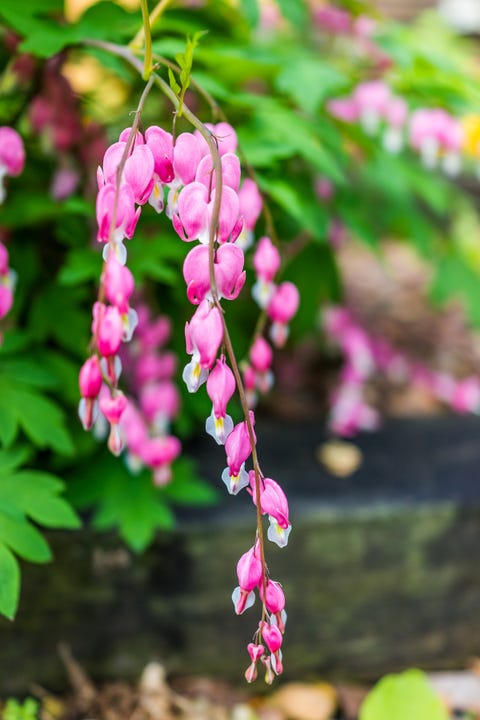
This unique flower, also called dicentra spectabilis, is famous for its unique shape and is a showstopper in any garden. To help it thrive, plant yours in shade or partial shade.
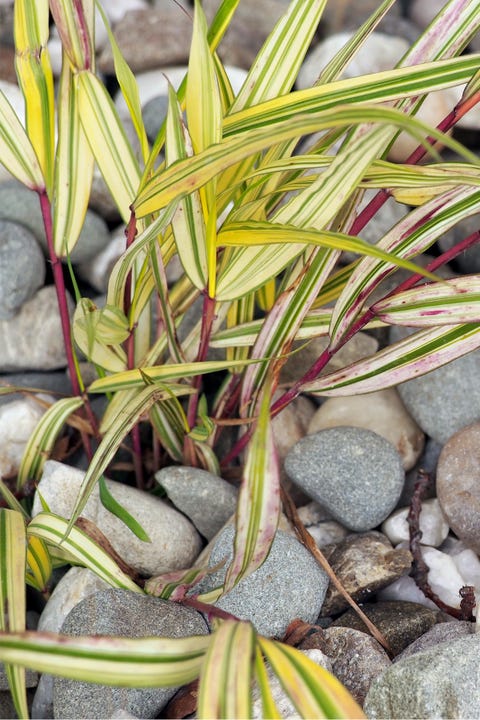
Even though the grass in your yard needs tons of sun, this short, clump-forming kind needs shade, because too much exposure to light can cause burn marks and turn the leaves yellow.

These light pink flowers are on the more delicate side, so make sure you plant them in partial to heavy shade, as they can only handle a couple hours of morning sun.
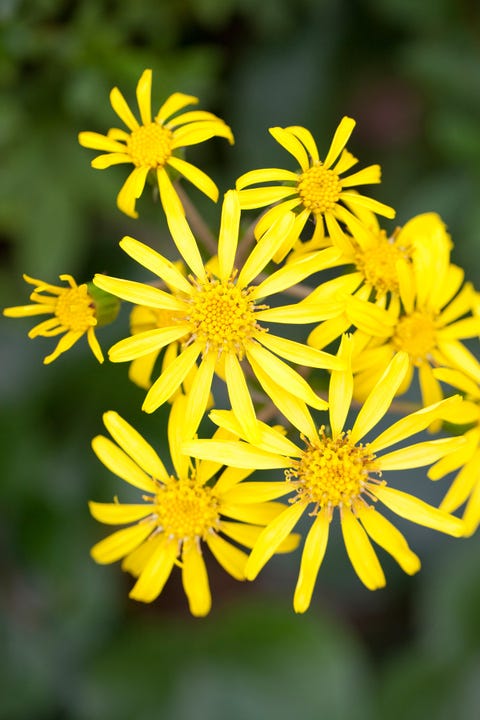
Even though this plant can handle direct sunlight if you water it often enough, overwatering can lead to water spots. That’s why it’s safest to keep it in a partial shade patch.
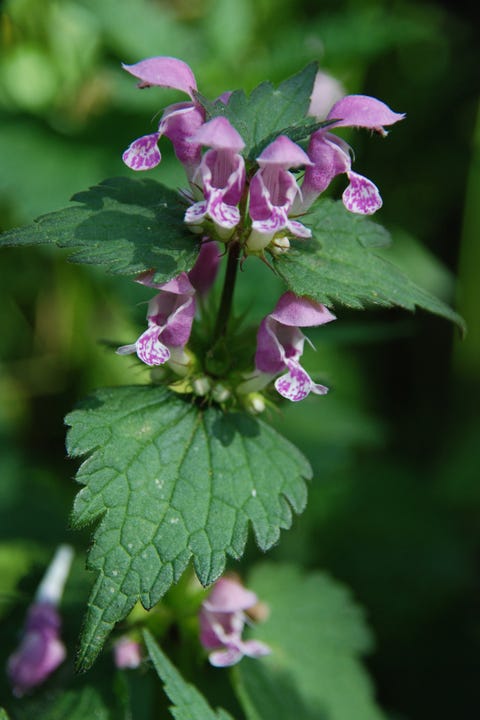
If you want to brighten up some of the darker corners of your yard with little to no effort, this light purple flowering plant is for you. It prefers the shade and spreads aggressively.
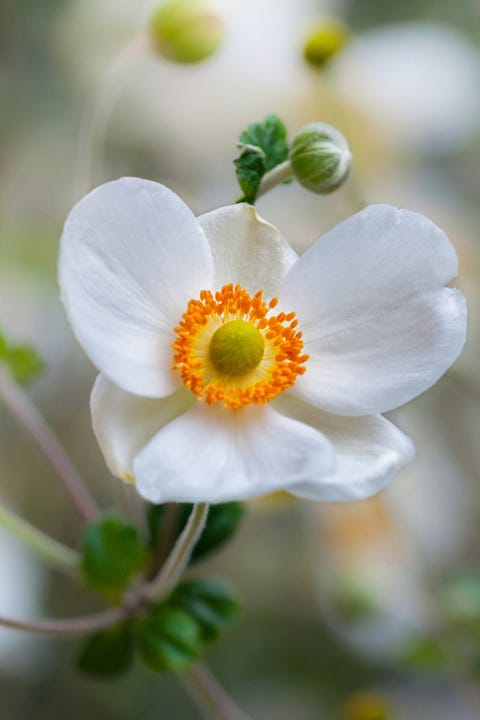
These perennials, also known as Japanese anemones, flower from July to September — as long as they’re planted in partial shade that gives them regular reprieve from direct sunlight.

The reason everyone loves this plant is because of the bright pink plumes, but they can burn if exposed to too much direct sunlight, so light to moderate shade is a must.
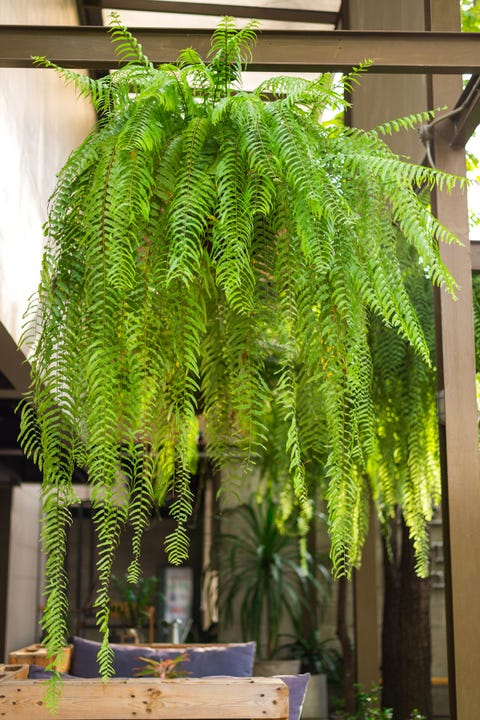
Ferns are often found in dark, wet forests, because they favor an environment where light is only provided through tree branches. Hang your potted plant from a covered deck to replicate this environment.
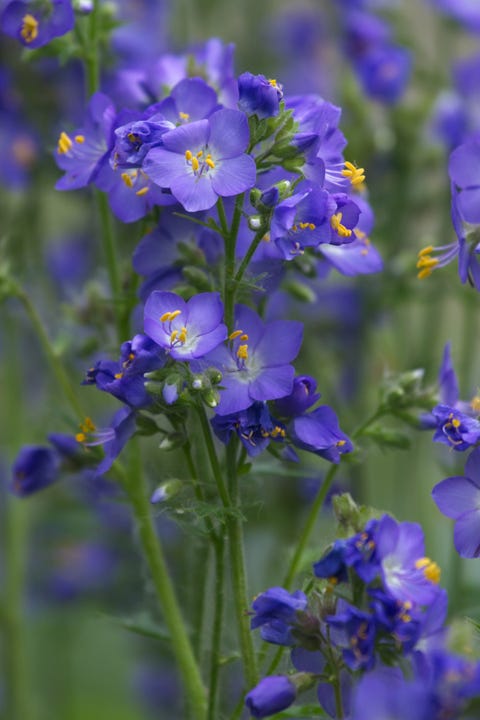
Even though this plant (named for the ladder-like way the leaves grow) can survive in the sun, the foliage will look darker and more intense when grown in the shade and well-drained soil.

This unique plant (also known as cornus canadensis) features bright red berries in fall, as long as it’s planted in a place out of direct, harsh sunlight. Shaded walkways are an excellent option.

Add a deep burgundy color to your garden with this perennial (a.k.a. coral bells). For the richest color, plant it away from the sun, as leaves might fade if overexposed.
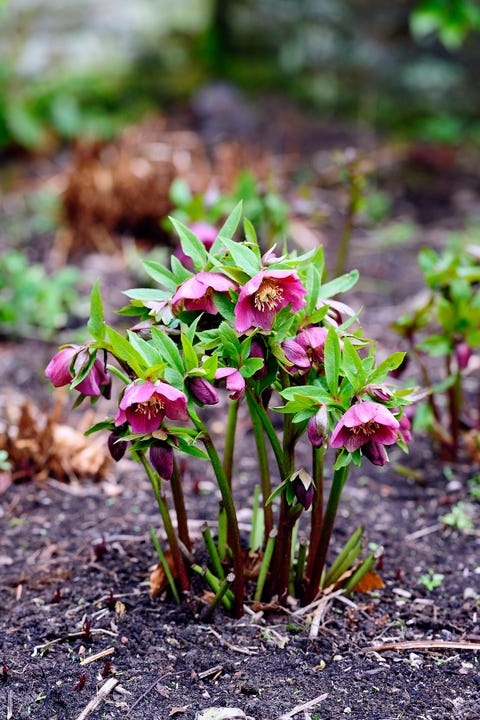
Make sure the blooms on your plant are their prettiest by planting yours under a tree with low branches on the east side of your home. This way, only morning sun and afternoon shade will hit it.
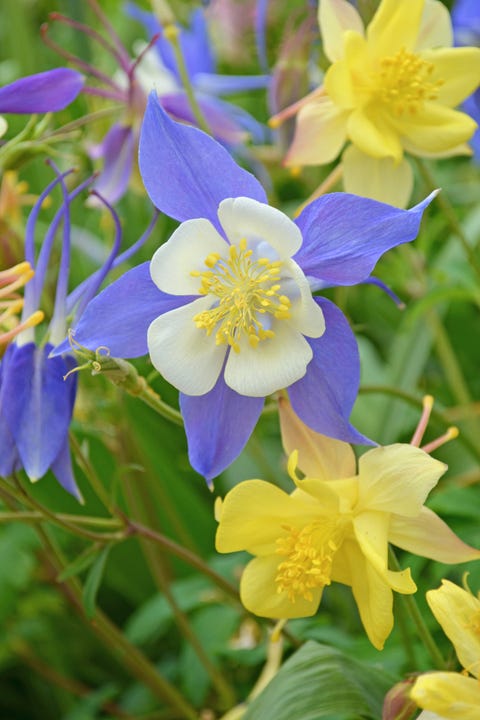
Even though this flowering plant can handle the sun, it hates the heat. So if you live in a warmer environment, plant yours in partial shade to keep it cool during the hottest part of the day.

